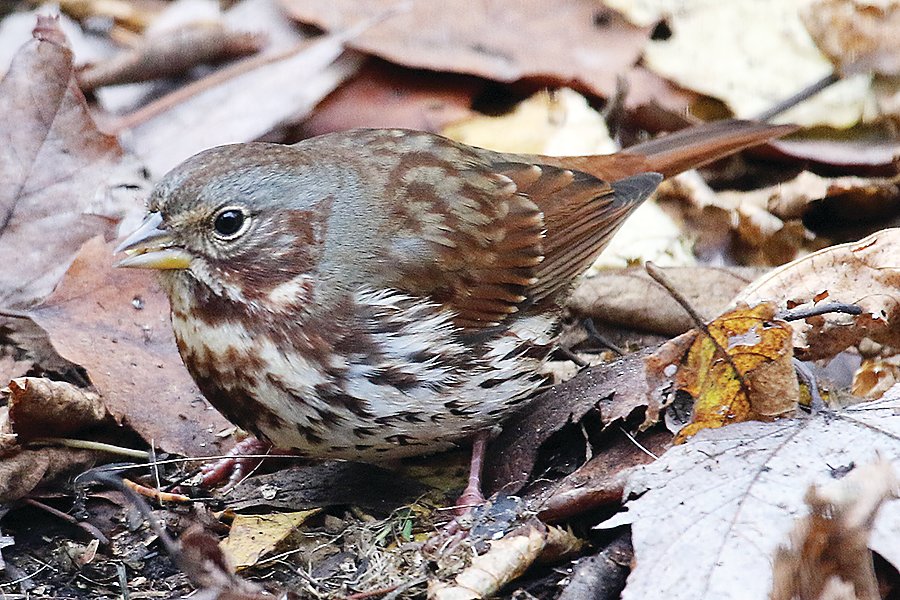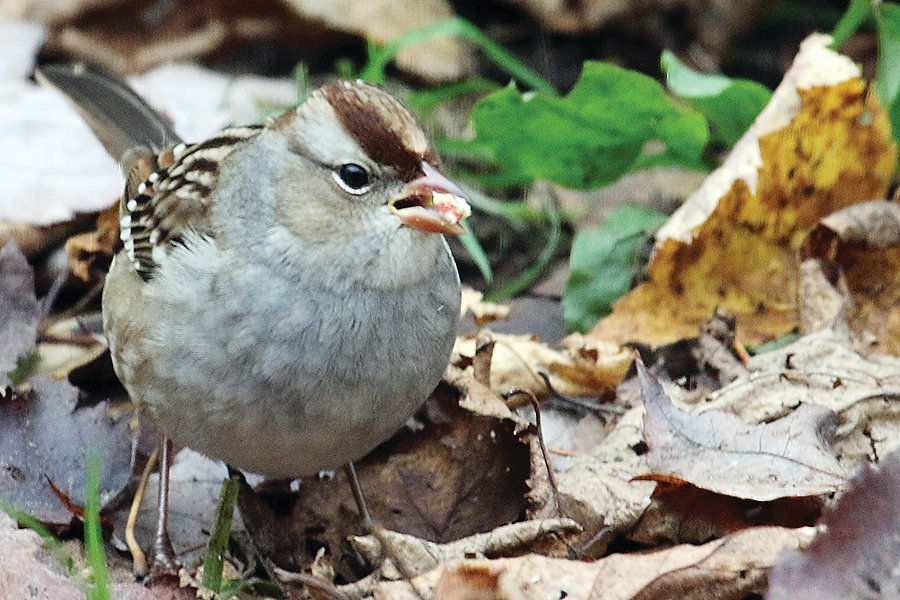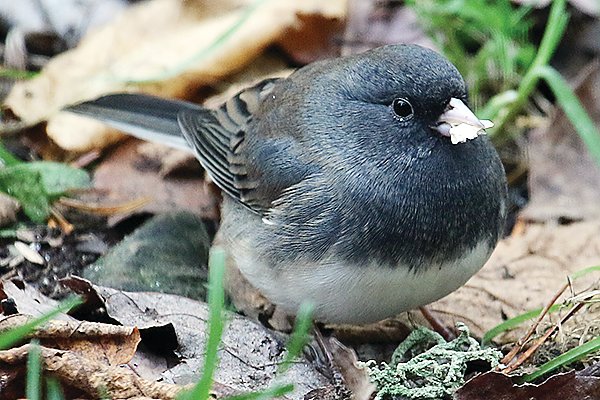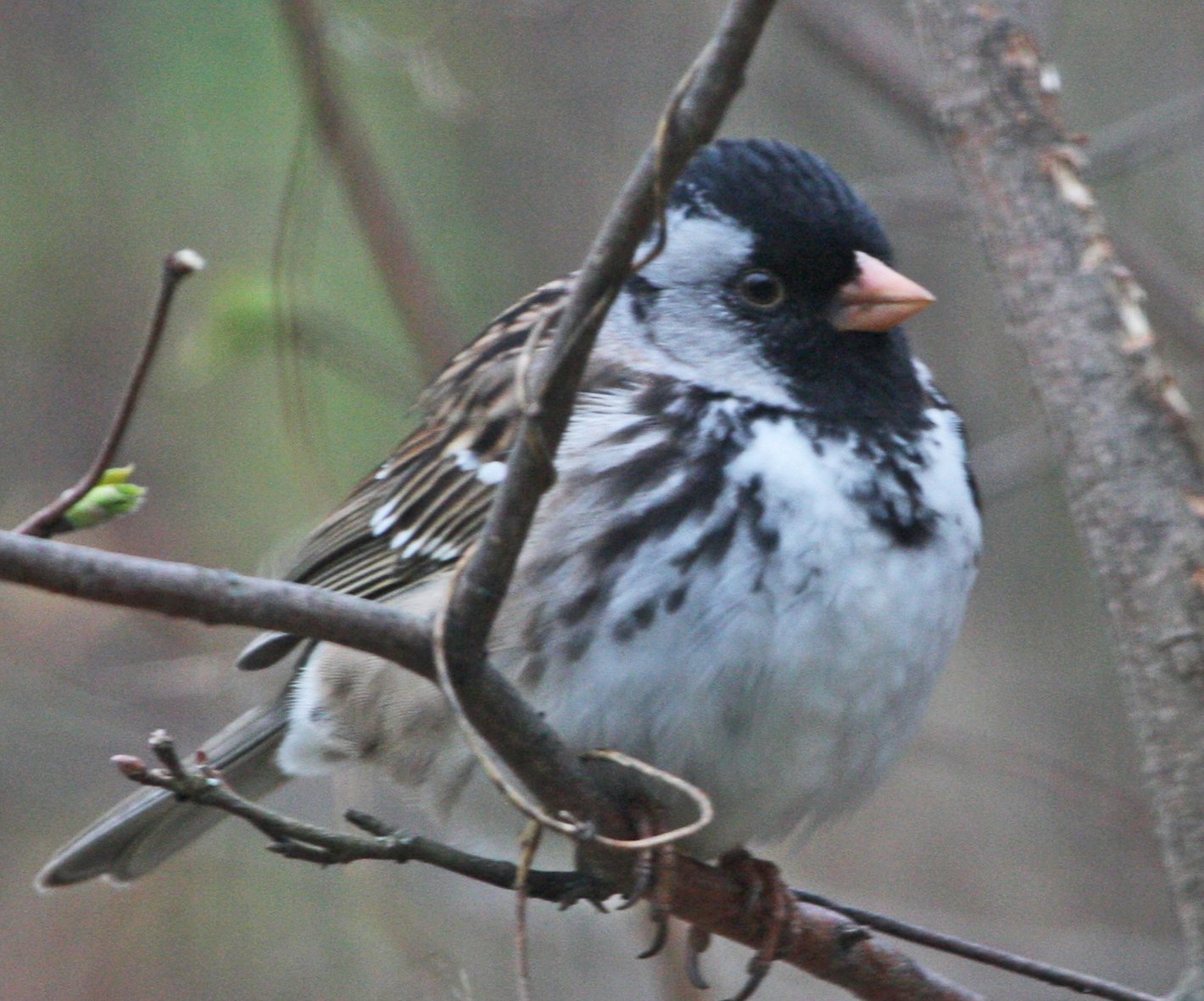Support the Timberjay by making a donation.
Sparrows aflight
Migration is in full swing in October
With the shortening days, bird migration is in full swing and no family of birds is as prominent in the woods and roadsides right now as the sparrows. Sometimes, it seems they’re everywhere, …
This item is available in full to subscribers.
Attention subscribers
To continue reading, you will need to either log in to your subscriber account, or purchase a new subscription.
If you are a current print subscriber, you can set up a free website account and connect your subscription to it by clicking here.
If you are a digital subscriber with an active, online-only subscription then you already have an account here. Just reset your password if you've not yet logged in to your account on this new site.
Otherwise, click here to view your options for subscribing.
Please log in to continue |
Sparrows aflight
Migration is in full swing in October
With the shortening days, bird migration is in full swing and no family of birds is as prominent in the woods and roadsides right now as the sparrows. Sometimes, it seems they’re everywhere, scattering wherever we go. This time of year, I toss cracked corn on the ground under our bird feeders. There’s a thicket of hazel that I’ve left specifically for the cover it provides all the ground feeders. This time of year, it’s in almost constant motion with the activity of dozens of sparrows fattening up for the journey ahead.
While most sparrows are pretty hardy, only the occasional straggler is hardy enough to withstand a northern Minnesota winter, so they’re all making their way south, taking advantage of the weed seeds left behind from summer to fuel up along the way. Some, like white-throated sparrows, don’t have far to go. This species lives here in summer and many of them will spend the winter in southern Minnesota or Iowa, so they tend to dawdle in our area in the fall, usually waiting for the first real cold outbreak to finally make their way south.
But others make only brief cameos here in the North Country. The white-crowned sparrow usually arrives in late September or early October and has usually moved through before the end of the month. They spend their summers in far northern Canada or in the northern Rockies and those Canadian birds pass through our area this time of year on their way to the southern two-thirds of the U.S. Minnesota is one of only a handful of states where white-crowned sparrows are only found in migration.
They’re on roughly the same route and schedule as another large member of this same family— the fox sparrow. This is a distinctive sparrow, with prominent rufous-colored underbelly streaking with a gray and rufous-colored face. They’re aggressive ground scratchers, and kick up leaves and other ground debris as they search for food.
The Harris’s Sparrow is another interesting bird moving through our area right now. It’s North America’s largest sparrow and it’s something of a showstopper, with its handsome black bib and contrasting pink bill. This species breeds only in far northern Canada and nowhere else in the world and it passes through Minnesota briefly on its way to its wintering grounds, comprised mostly of Kansas and Oklahoma.
Adding to the mix are the dark-eyed juncos, smallish sparrows that are a solid slate color on top, with a white breast and prominent white feathers on each side of their tail. They have pinkish bills and, as their name suggests, very dark eyes. Like the white-throated sparrows, juncos actually breed here, although most spend their summers to our north and move through the area only during migration.
The other morning, I had four of these five species feeding on the cracked corn I scattered in the hazel thicket near our feeders. Like most birds, sparrows prefer to feed under cover because it protects them from birds of prey, particularly sharp-shinned hawks and small falcons, known as merlins, which are migrating now, as well, feeding on sparrows and other insufficiently wary birds as they make their own way south.
Migration is a dangerous time for birds, but most of our hardy sparrows don’t have too far to go. Which means most will, hopefully, be back again for a visit next year.















